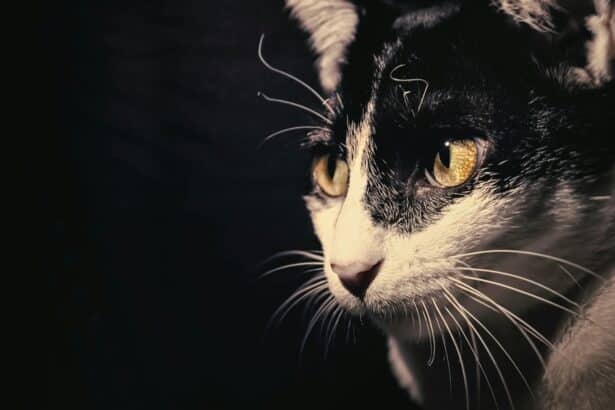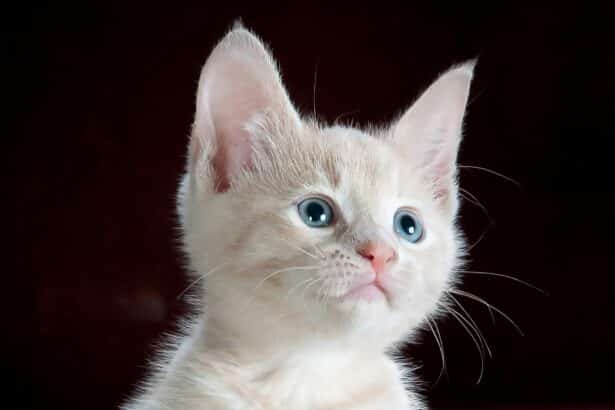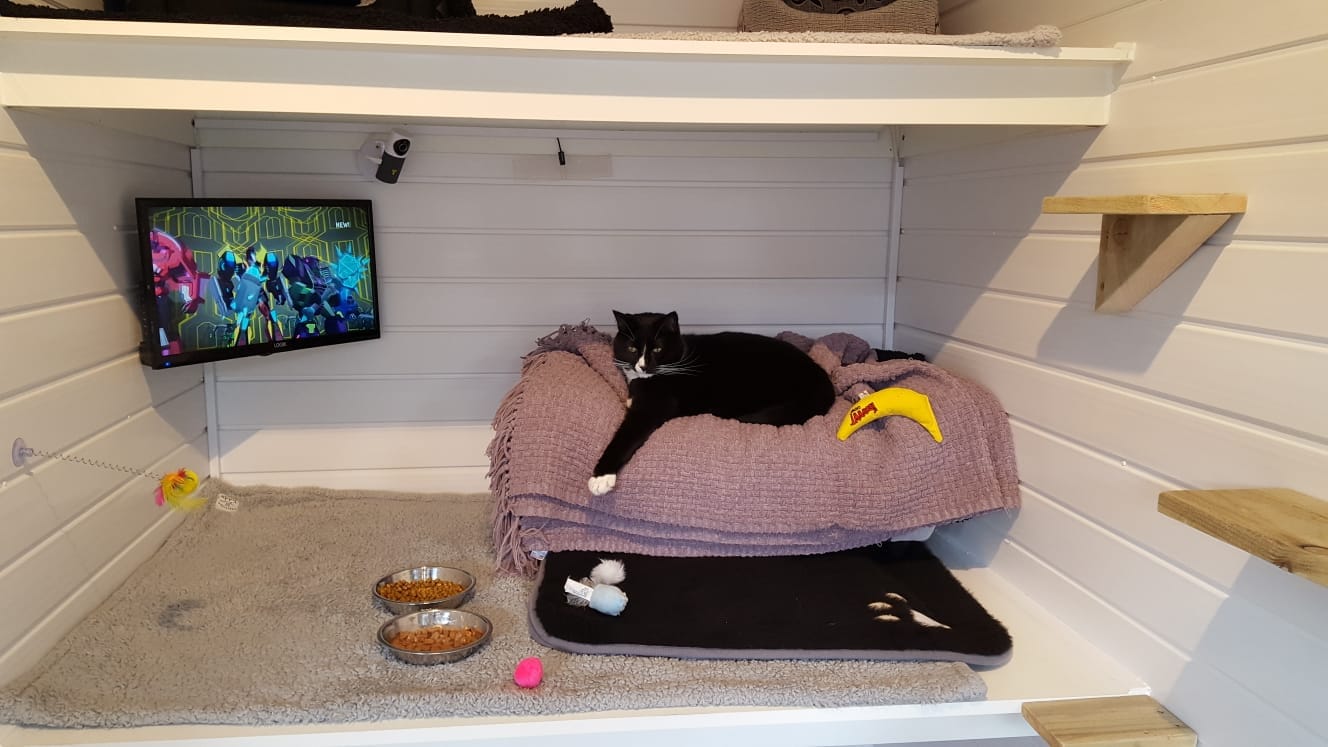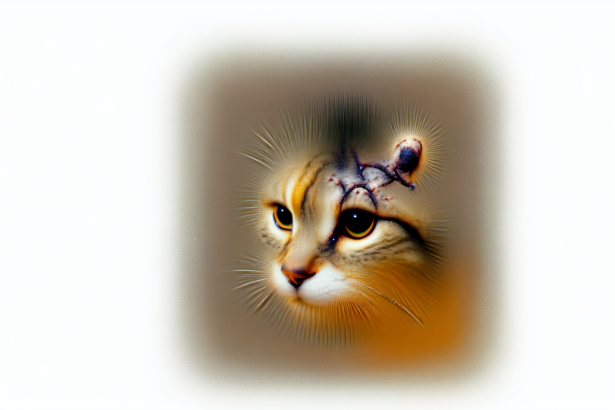Introduction
Have you ever wondered why cats move their tails so mysteriously? If you’re passionate about these adorable felines, understanding this subtle language will help you communicate better with your four-legged friend. Discover 7 surprising reasons why your cat wags its tail.
- Introduction
- 1. The cat’s tail: a true indicator of emotions
- Raised tail: a sign of joy and confidence
- Low tail: a sign of distrust or fear
- Swollen tail: a defensive reflex
- 2. Understanding the specific movements of a cat’s tail
- Rapid whipping tail: annoyance or irritation
- Slowly oscillating tail: concentration or interest
- Tail wrapped around the body: relaxation and comfort
- 3. The cat’s tail as a means of social communication
- Raised tail in the shape of a question mark: invitation to play
- Tail wrapped around another cat: a sign of affection
- Motionless tail: attention or vigilance
- 4. When tail movements reveal your cat’s health
- 5. Your cat expresses impatience or excitement
- 6. Your cat communicates boredom or frustration
- 7. Your cat uses its tail for balance
- Conclusion
1. The cat’s tail: a true indicator of emotions
Raised tail: a sign of joy and confidence
- Straight, vertical tail: your cat is happy and confident.
- Straight tail with curved tip: sign of friendship and curiosity.
- Erect, wagging tail: positive excitement, often on reunions.
For example, when I come home from work, my cat Luna always greets me with her tail erect and quivering, as if to say, “Finally, you’re home!”
Low tail: a sign of distrust or fear
- Tail low and tucked between the legs: fear or submission.
- Tail low and slightly curved downward: distrust or concern.
- Low tail accompanied by slow movements: sign of uncertainty or hesitation.
Swollen tail: a defensive reflex
- Swollen, bristling tail: reaction to a threat or danger.
- Swollen tail with arched back: typical defensive posture.
- Swollen tail and back ears: cat ready to defend itself or flee.
Unusual fact: did you know that cats inflate their tails to appear larger in the face of a threat? An effective trick to impress potential adversaries!
2. Understanding the specific movements of a cat’s tail
Rapid whipping tail: annoyance or irritation
- Rapid, jerky movements: a sign of annoyance, it’s best to leave your cat alone.
- Tail whipping during stroking: your cat is telling you he’s had enough.
- Whipping tail in the presence of other animals: sign of tension or territoriality.
Common mistake to avoid: continuing to stroke a cat whose tail is whipping rapidly. This can provoke an aggressive reaction or stress the cat unnecessarily.
Slowly oscillating tail: concentration or interest
- Gentle, regular movements: your cat is observing something attentively.
- Tail oscillating slowly while hunting: sign of intense concentration.
- Tail slightly raised and wagging: curiosity and interest in its environment.
Tail wrapped around the body: relaxation and comfort
- Tail curled around the legs: a sign of relaxation and well-being.
- Tail wrapped around the body while sleeping: your cat feels secure.
- Curled tail when your cat is sitting: comfortable, relaxed posture.
To better understand the signs of relaxation in your cat, discover our article on how to know if my cat is happy.
3. The cat’s tail as a means of social communication
Raised tail in the shape of a question mark: invitation to play
- Hooked tail: your cat is in a playful mood and invites you to interact.
- Question mark tail accompanied by little leaps: playful excitement.
- Tail raised and slightly curved forward: desire to play or explore.
Tail wrapped around another cat: a sign of affection
- Tail wrapped around a feline companion: a sign of affection and trust.
- Tail gently placed on another cat: a sign of friendship and complicity.
- Tail gently touches another cat: a reassuring, soothing gesture.
Motionless tail: attention or vigilance
- Tail motionless and horizontal: your cat is attentive to its environment.
- Tail motionless with tip slightly raised: heightened alertness to noise or movement.
- Tail motionless and tense: a sign of alertness or caution.
4. When tail movements reveal your cat’s health
Drooping or inert tail: a sign of pain or illness
- Tail hanging limply: consult a vet as soon as possible.
- Constantly low tail: a sign of malaise or suffering.
5. Your cat expresses impatience or excitement
- Wagging tail: a sign of excitement, especially before eating or playing.
- Slightly wagging tail: enthusiasm at a reunion.
6. Your cat communicates boredom or frustration
- Tail tapping slowly: sign of boredom, need for attention or activity.
- Slow tail wagging: frustration when waiting a long time.
7. Your cat uses its tail for balance
- Tight tail for acrobatics: to maintain balance when jumping or climbing.
- Tail oscillates on unstable surfaces: stability maintained.
Conclusion
Now that you know the 7 amazing reasons why cats wag their tails, you’re ready to better understand and communicate with your feline companion. Every tail wag is a valuable clue to his mood, emotions and even health. To discover other fascinating secrets about your cat’s behavior, read on on our Pawtounes.fr blog!







